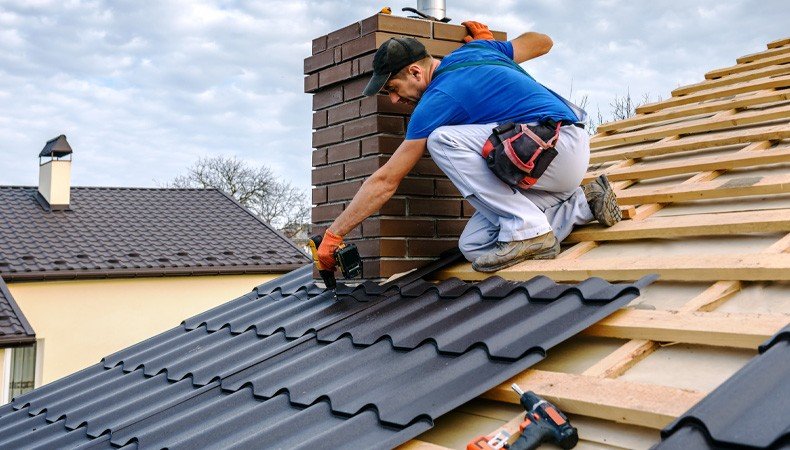Introduction: The roof is important for preserving the durability and integrity of your house. However, with time, damage from weather, wear and tear, and other elements may need a roof replacement. Making educated selections and ensuring a Successful Roof Replacement Project may be accomplished by comprehending the many cost considerations at play and putting practical advice into practise. In this post, we’ll examine the major cost elements that affect roof replacement and provide helpful advice to help you out.
Roof Size and Complexity:
Your roof’s size and complexity are important factors that affect the final price. A bigger roof requires more supplies and labour, which raises the cost. Dormers, skylights, chimneys, and intricate roof designs with different angles sometimes need more labour and materials, which raises the cost.
Make routine roof maintenance and inspections a top priority to spot and resolve possible problems before they become serious. This may help you avoid needing to replace your roof entirely and ultimately save you money.
Material Selection: The cost of replacing a roof is greatly influenced by the roofing material you choose. Prices, durability, and aesthetic appeal all vary among various materials. Here are a few well-liked choices and their related prices:
Slate and tile are high-end roofing materials that cost more but have a sophisticated appearance and remarkable durability.
Tip: To choose a roofing material that fits your budget and tastes, take into account the lifetime, upkeep needs, and energy efficiency of various roofing materials.
Cost of Labour and Roofing Company: A successful roof replacement and a high-quality installation depend on choosing a reliable roofing contractor. Depending on the contractor’s expertise, the project’s complexity, and the contractor’s location, labour costs might change. It’s important to get many quotations from several contractors and thoroughly consider their qualifications, ratings, and guarantees.
Refrain from choosing a roofing contractor only on the basis of pricing. To make an educated choice, investigate their reputation, verify that they are properly licenced and insured, and get references.
Removal and Disposal of Old Roofing Materials: The expense of removing the old roof and getting rid of the leftover material raises the price of a new roof. These expenses may vary depending on the amount of layers to be removed and the roof’s accessibility. Additional costs may result from the specialised handling and disposal of certain roofing materials, such as asbestos.
Advice: Talk with your selected roofing contractor about the removal and disposal procedure to understand the expenses involved and guarantee compliance with local laws.
Additional factors to consider
Other elements that may affect the price of a new roof include:
Roof pitch and steepness: Steeper roofs need for extra safety measures and may cost more to install.
Skylights, gutters, and ventilation systems are examples of roofing accessories that increase total costs.
Geographic location: The cost of roofing might vary depending on the environment, rules in place, and state of the market.
To assure compliance and account for any extra requirements that may effect the price of your roof replacement, research local building rules and regulations.
Although replacing a roof requires a large financial commitment, knowing the costs involved and using the supplied advice will help you go through the process with assurance. Making educated selections, striking the ideal balance between quality and price, and ensuring a successful roof replacement that safeguards your house for years to come can be accomplished by taking into account the size of the roof, the materials, labour costs, removal and disposal, and other significant considerations.


